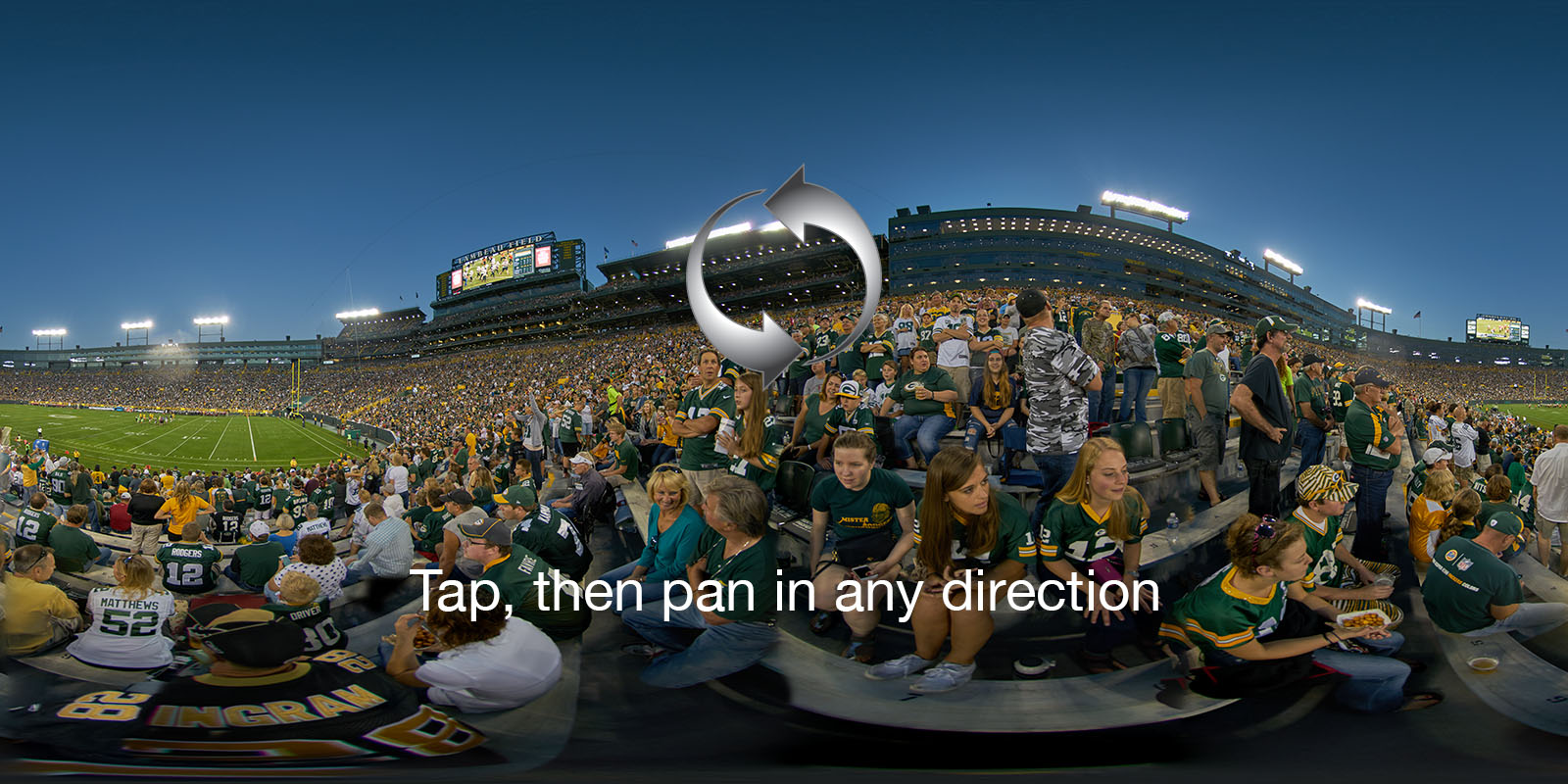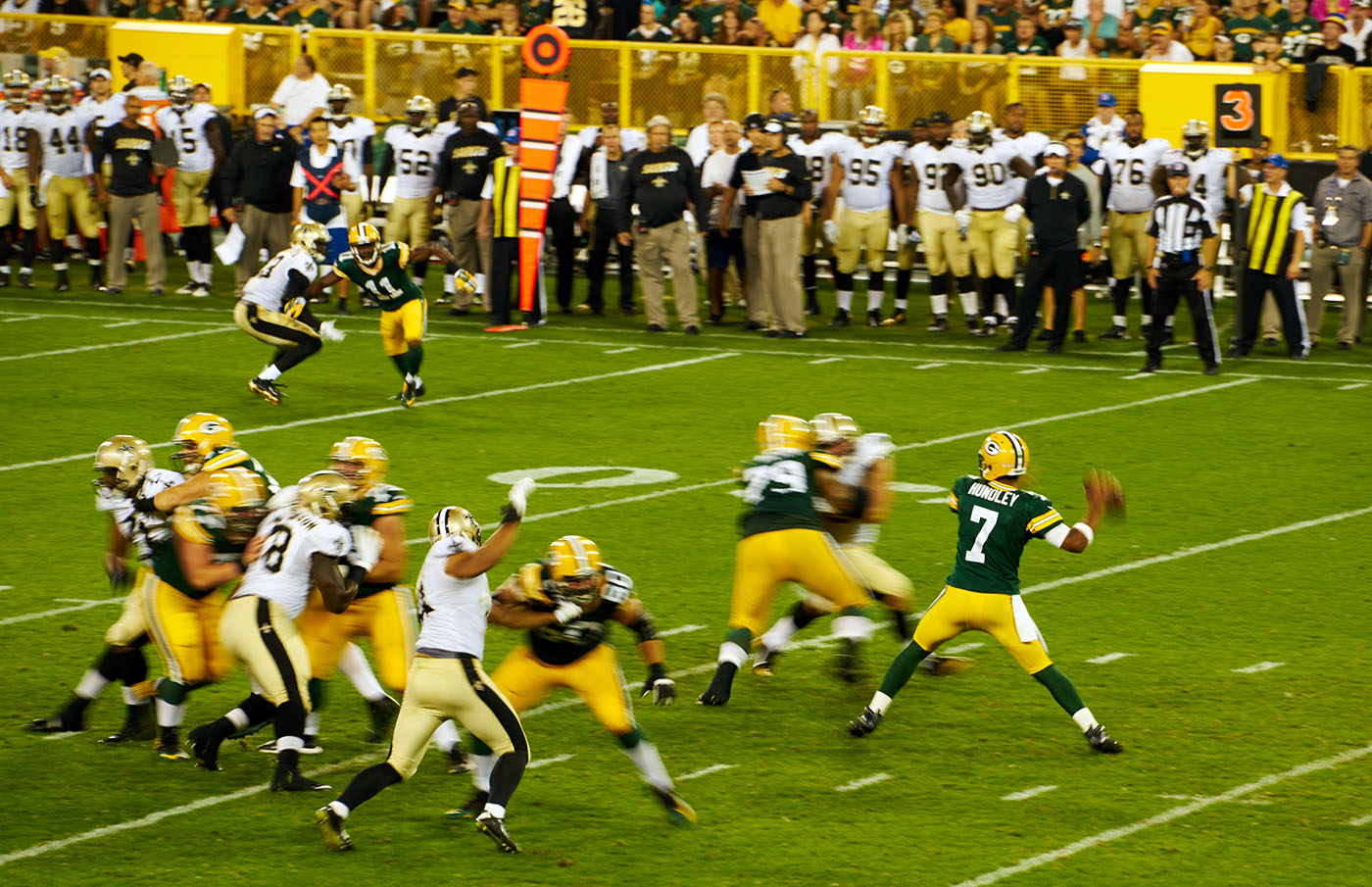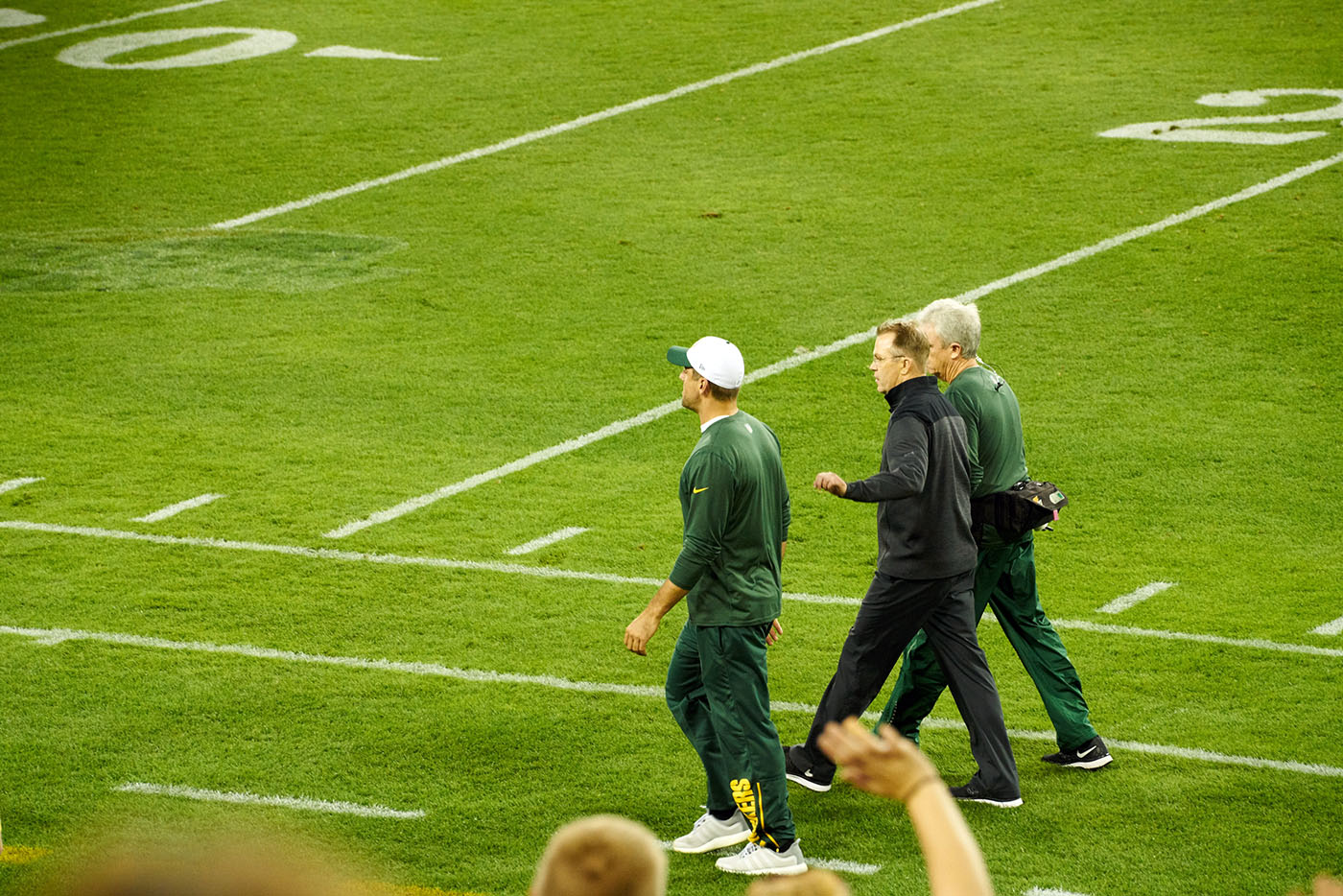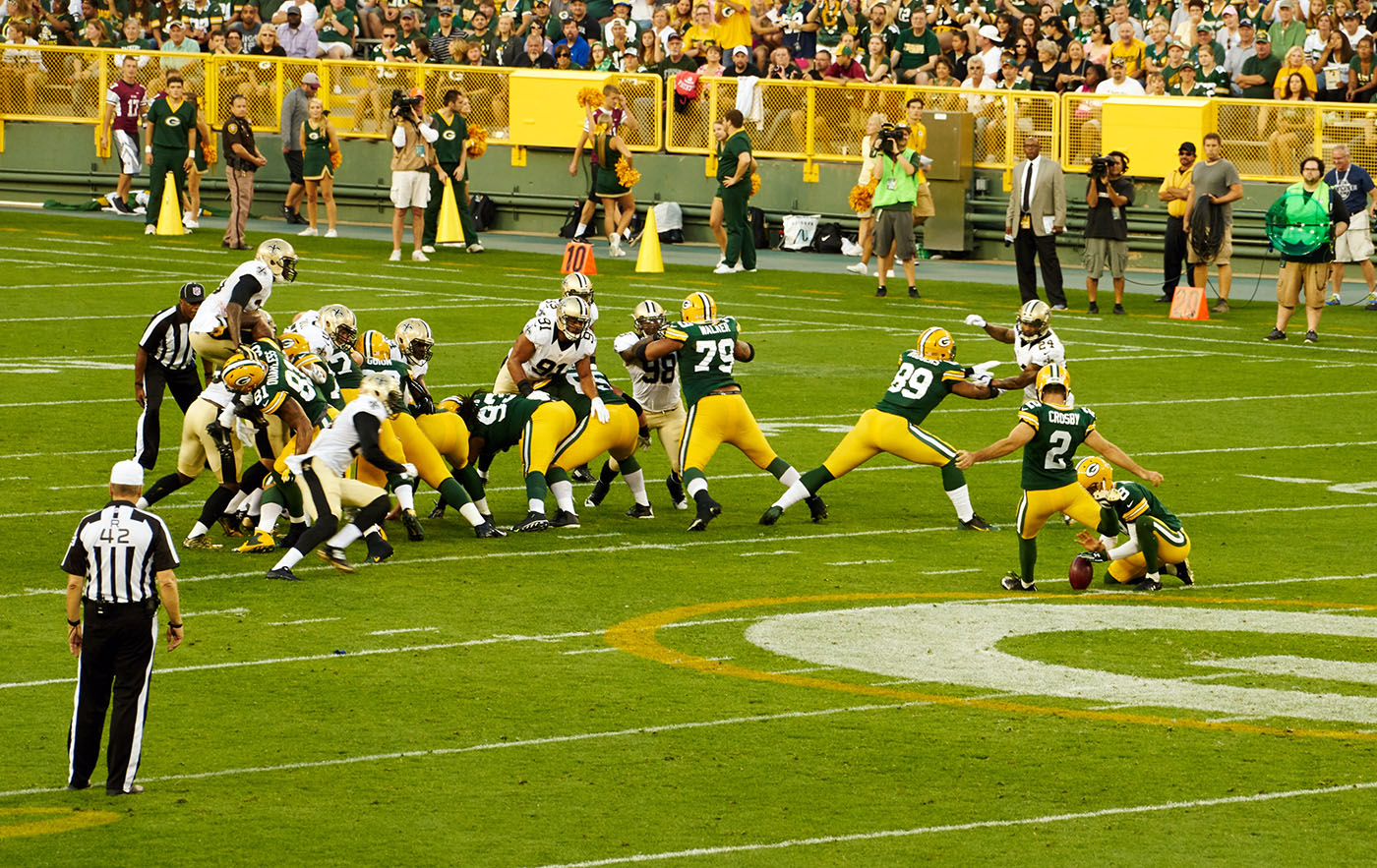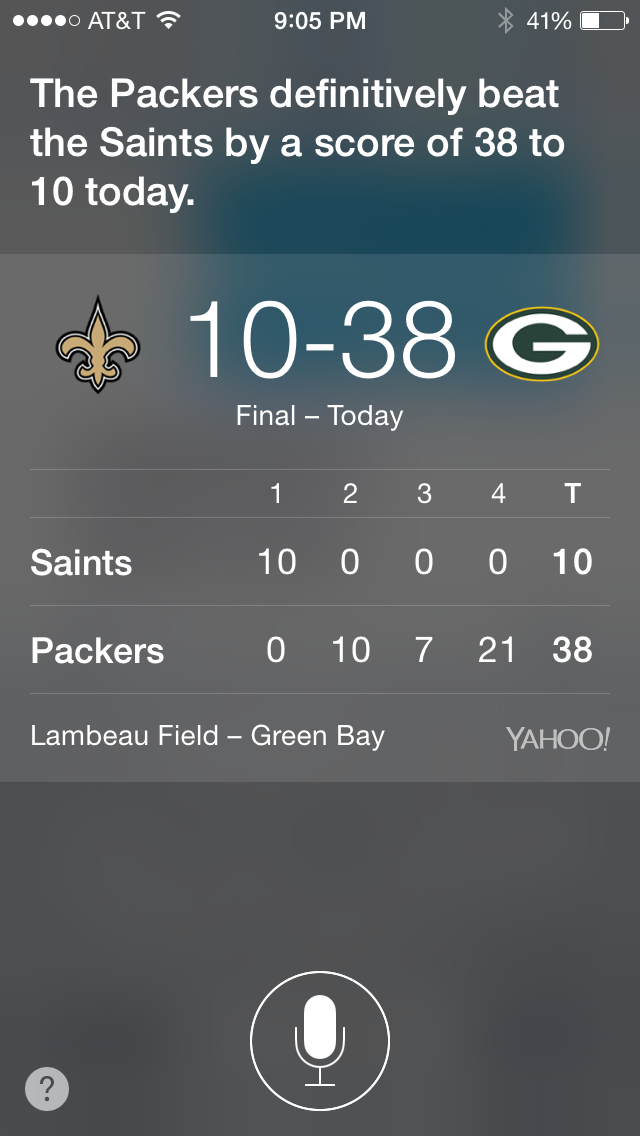Economist:
But not all Italian Catholics, or their would-be political representatives, approve. Over the past few weeks, there have been some cantakerous public exchanges between a senior prelate and a rising politician of the right. Matteo Salvini, leader of the Northern League party and advocate of a new brand of Italian nationalism, has been sparring with Nunzio Galantino, the secretary of the Italian bishops’ conference. In a barbed rebuttal of anti-immigrant stereotypes, Bishop Galantino said politicians who played on xenophobic feelings were themselves “street-pedlars” hawking worthless trinkets; Mr Salvini said that as an ordinary, fallible Catholic he was at least as entitled to speak out as any “communist bishop”, and that he knew many people inside the church who shared his feeling that Italians must put their own interests first.
In Germany, progressive church leaders have been among the leading critics of Pegida, an anti-Muslim movement which has organised street demonstrations to denounce what it calls Europe’s creeping Islamisation. Only a handful of clerics have taken a different view; for example, a certain Father Paul Spätling spoke at a Pegida rally, only to be silenced by his bishop on grounds that such xenophobia is “not compatible with the Christian message of love, kindness and inclusion.” Meanwhile quite a lot of German churches are offering asylum to migrants (including Muslims) by letting them live on church property where the police cannot enter and deport them.







